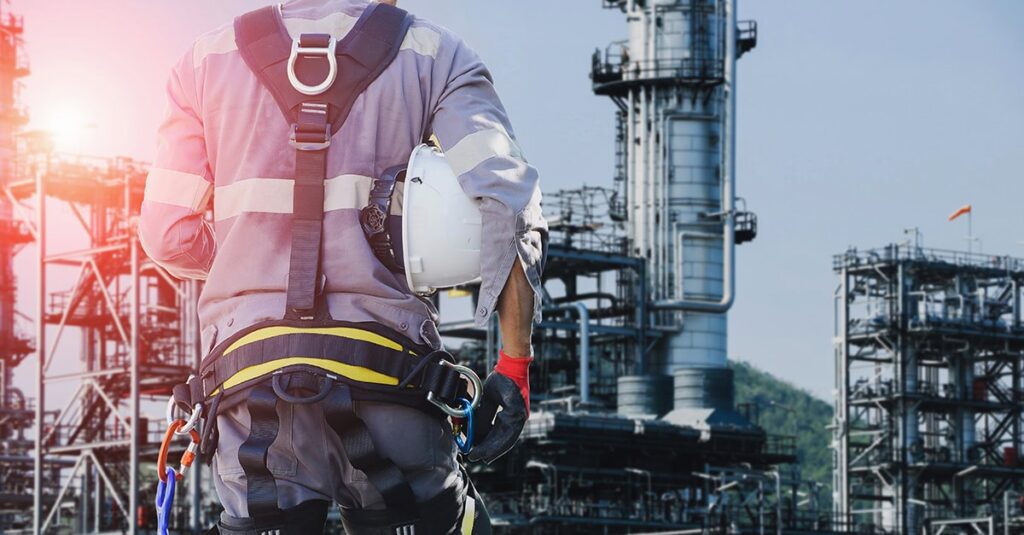VR revolutionizes the teaching panorama by reworking abstract concepts into tangible, interactive experiences. This hands-on technique breaks down sophisticated ideas into digestible, taking part learning actions. The immersive nature of VR accelerates the acquisition of knowledge by allowing learners to comply with and experiment in a risk-free setting. As an illustration, trainees can navigate through a digital constructing web site with potential hazards, learning to find out and mitigate risks further shortly than through typical lecture-based methods. This effectivity not solely saves helpful time however moreover permits a broader dissemination of necessary safety practices inside organizations.
Utilizing VR in teaching enhances info retention by creating an immersive and memorable learning experience. Typical teaching methods typically depend upon passive kinds of learning, equal to learning or listening, which can’t completely work together the learner. In distinction, VR contains quite a lot of senses, along with imaginative and prescient, listening to, and sometimes contact, leading to deeper cognitive processing. Energetic participation is required in VR teaching, resulting in extra sensible encoding of information into long-term memory. This makes it less complicated for staff to recall safety procedures and hazard identification skills as soon as they matter most.
VR’s adaptability provides unprecedented flexibility in teaching provide. Trainees can entry VR modules from wherever, at any time, which caters to numerous schedules and learning preferences. This flexibility is very helpful for organizations with quite a lot of locations or these requiring scalable choices to teach a shortly rising workforce. Furthermore, VR caters to utterly totally different learning speeds, allowing folks to progress through teaching modules at a tempo that matches their learning sort. This custom-made technique ensures that every one trainees completely understand the material, contributing to a uniformly extreme stage of preparedness all through the group.
VR teaching is assumed for its means to provide fixed and high-quality teaching experiences to all members. In typical teaching methods, the effectiveness of teaching can fluctuate on account of variations in educating sorts, engagement ranges of learners, and environmental distractions. However, VR eliminates these variables by presenting the an identical eventualities, instructions, and recommendations to each trainee, guaranteeing that every one members receive the an identical stage of teaching. This consistency is necessary in hazard recognition, the place a uniform understanding of safety protocols and procedures can significantly have an effect on the overall safety of the workplace.
Engagement is a important challenge throughout the effectiveness of any teaching program. VR captivates learners by inserting them throughout the center of the movement, making teaching durations not merely educational however moreover fulfilling. The interactive parts of VR, equal to the facility to manage digital objects or navigate through simulated environments, foster a method of curiosity and involvement that typical teaching methods sometimes lack. This elevated engagement boosts motivation and satisfaction amongst trainees, encouraging energetic participation and completion of safety teaching functions.
Wise experience gained through VR teaching could give workers a greater stage of confidence. With VR, trainees can simulate real-life eventualities and comply with their hazard recognition and response strategies in a safe and managed setting. This hands-on technique helps assemble proficiency and self-assurance, which empowers workers to behave decisively and appropriately in most likely hazardous circumstances. Assured workers normally are inclined to take proactive steps in determining and mitigating risks, leading to a safer workplace for everyone.
In the long run, the target of integrating VR into teaching functions is to foster a safer work setting. The immersive, taking part, and environment friendly teaching that VR provides equips workers with the knowledge and skills essential to acknowledge and reply to hazards promptly. By enhancing the usual and have an effect on of safety teaching, VR contributes to a practice of safety and preparedness all through the group. This proactive technique to hazard recognition and mitigation not solely minimizes the hazard of accidents and accidents however moreover promotes a further educated, vigilant, and accountable workforce.
Last Update: November 15, 2024





